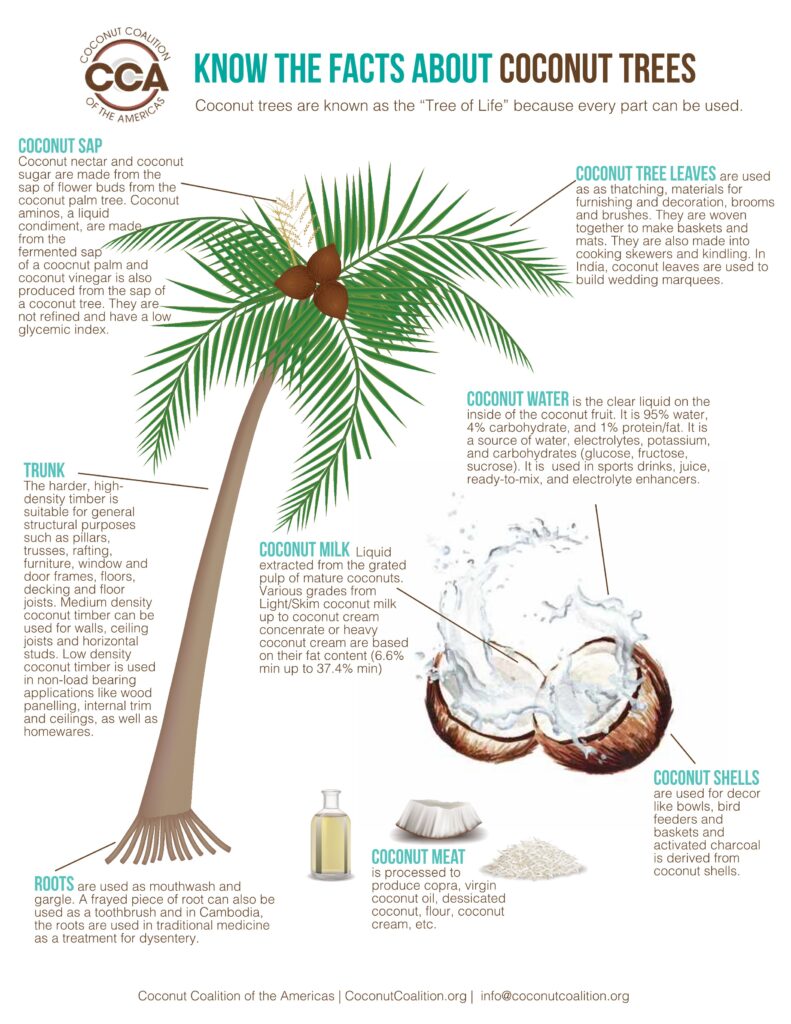Over the past few decades, a number of conventional foods have gained a lot of attention
due to recent studies finding a lot of prospective health interests in these foods. Up until around the
1980s the standard for dietary practices for many was to use the guidelines established by the FDA
and the government inspired food pyramid.
Government recommendations and the recommendations allotted by the food pyramid and
other similar systems focused on basic bodily and dietary needs while neglecting the many possible
nutrients contained within foods. The government labeling recommendations and the food pyramid
system were inadequate at explaining the full nutritional profile of most foods since these labeling
and information systems were only superficially explaining the basics of proteins, fats, sugars and
carbohydrates on nutritional labels.
Dietary systems like the food pyramid system were recommending the consumption of a specific
number of things such as proteins, fats, carbs and sugars, though the food pyramid did not attempt to
inform nor educate at first about things such as minerals, medium chain fatty acids or other healthy
sources of nutrients found within foods. The governmental recommendations on labels and through
the food pyramid were also shallow and they did not attempt to explain the different types of
nutritional building blocks such as proteins or fats. While the simplistic approach made understanding
nutritional requirements more accessible to many individuals, it did not cultivate a broad depth of
nutritional information for a lot of people.
As the food industry and government oversight of the food industry developed, people began to think
about what they were eating in their food beyond the basic labeling showing proteins, fats, and
carbohydrates. This revolution of people becoming more health conscious seemed, according to
many, to develop before the food industry and government regulators could adapt their
recommendations on their labeling and food pyramid guidelines.
As people discovered how foods are made up of more than just proteins, fats, sugars and
carbohydrates, the complexity of nutritional recommendations increased. This discovery
occurred right around the time the internet became more available in developed countries.
With the help of the internet, especially in the early 2000s, people were able to learn about
nutritional information and make more informed dietary choices. In addition to the internet, due to the interest people were showing in dietary improvements, a lot of news outlets started to talk more
about food products with an emphasis on spreading healthy food choices.
Coconut products received, and continue to, a lot of coverage regarding their potential health
benefits. Coconut products are especially complex in a rich way since they contain a lot of different
nutrients. The nutritional components found inside of coconut when compared to other products are
actually considered very complex due to the wide range of prospective application of these
ingredients.

Chief among these ingredients are medium chain fatty acids, sometimes referred to as MCTs. The
MCTs found in coconut have been shown in multiple studies to potentially help decrease some of the
fatty acids which might cause heart disease. These same MCTs are also assimilated into the body
differently than other forms of similar fatty acids.
Decades ago, before there was a conscious examination and inquiry into the full nutritional profile
of coconut, most people would make their dietary choices regarding coconut based on basic food
pyramid and government labeling guidelines. These labeling guidelines still do not reveal the full
range of nutrients found in coconut, though it doesn’t mean the potential benefits of these nutrients
aren’t present. Some of the most popular constituents of coconut products are considered to be
caprylic acid, lauric acid, oleic acid and other fatty acids. These fatty acids are primarily
responsible for many of the possible health benefits found in research done on coconut.
